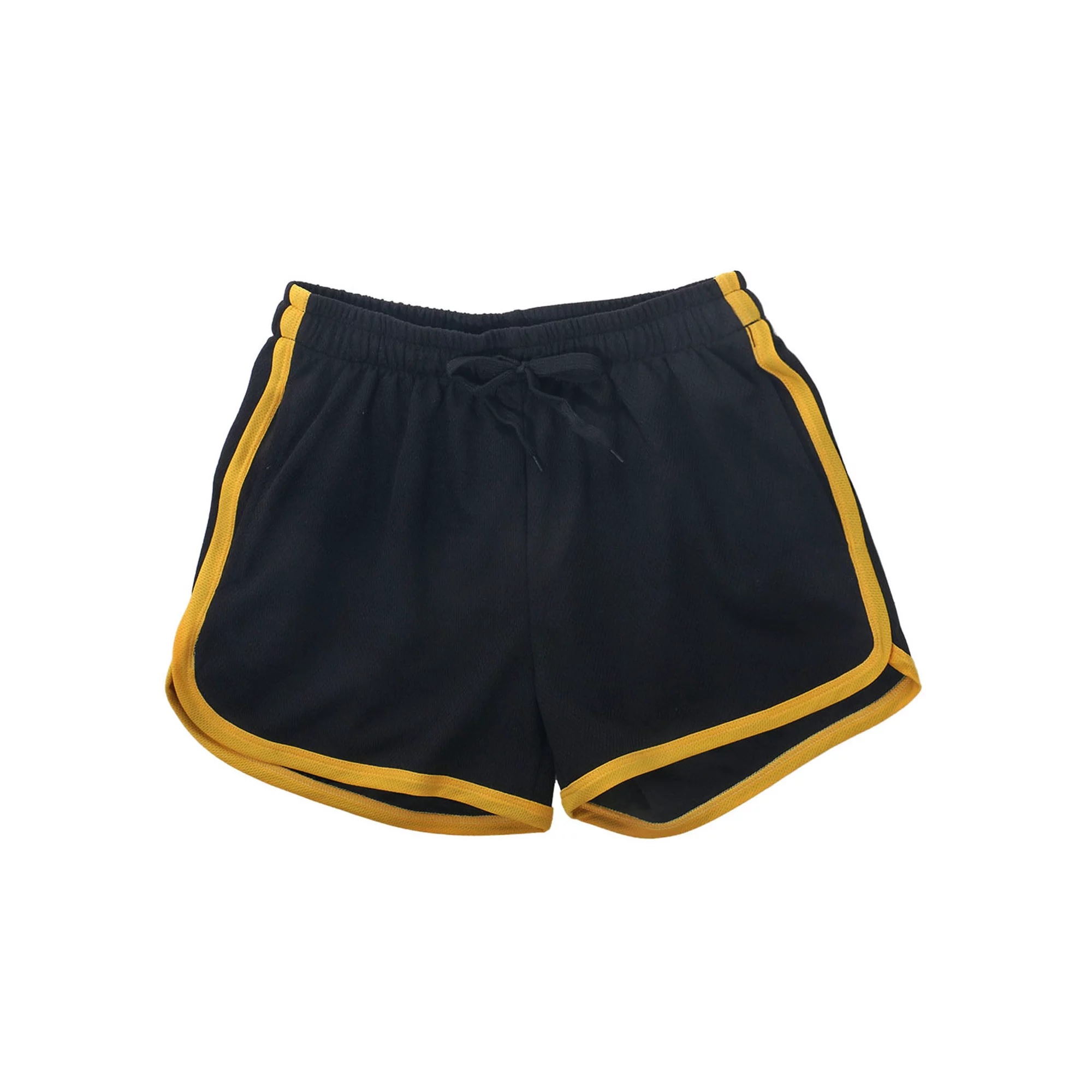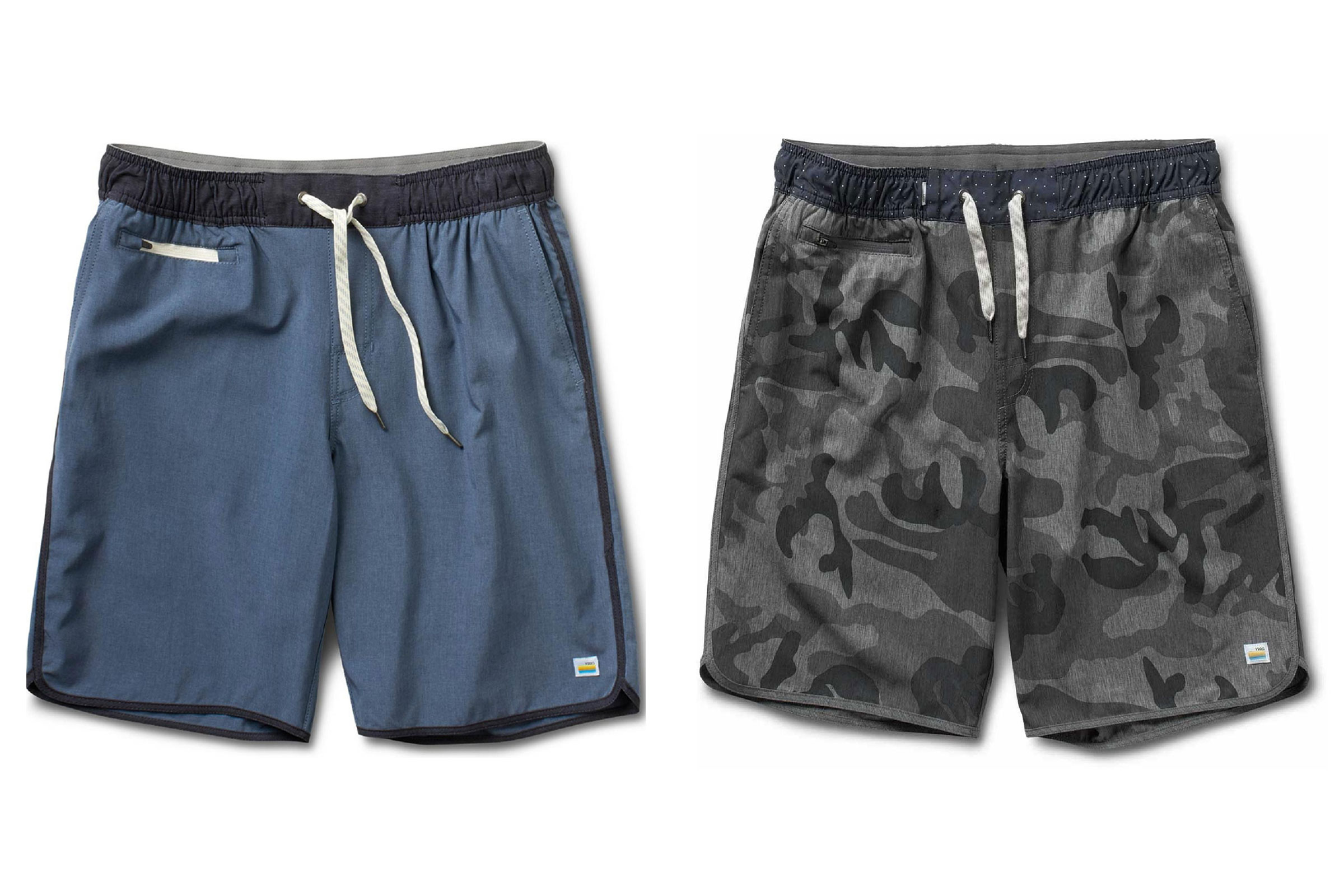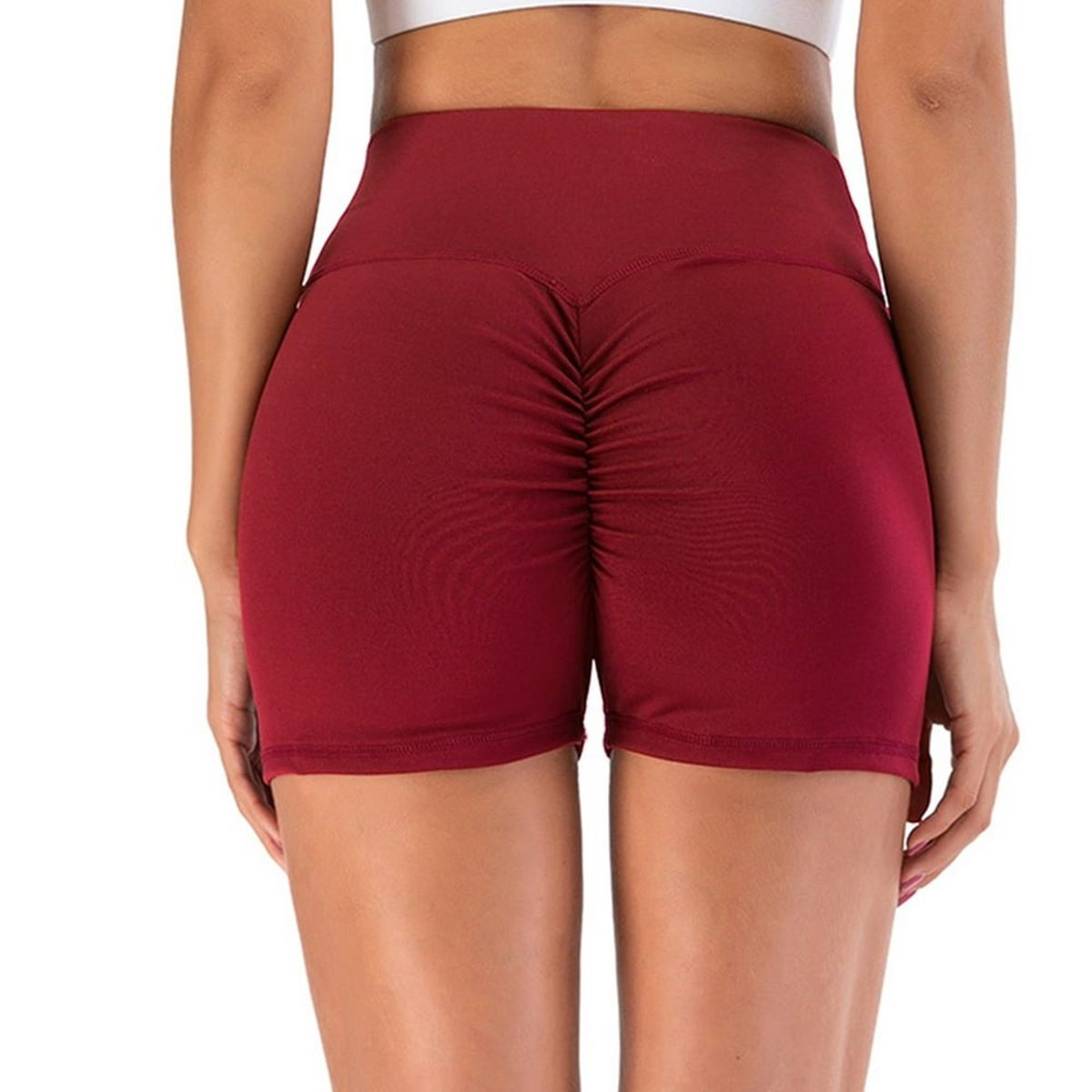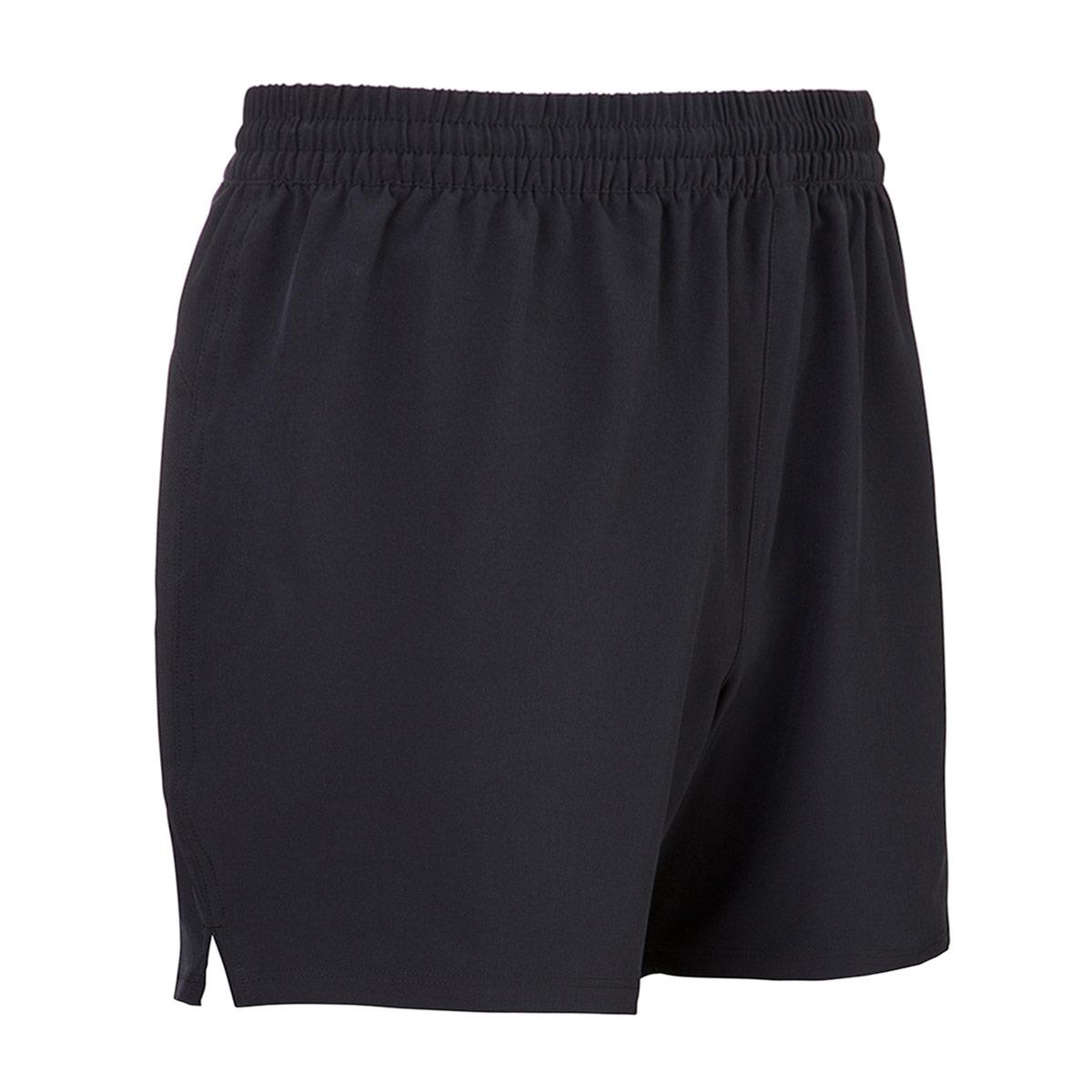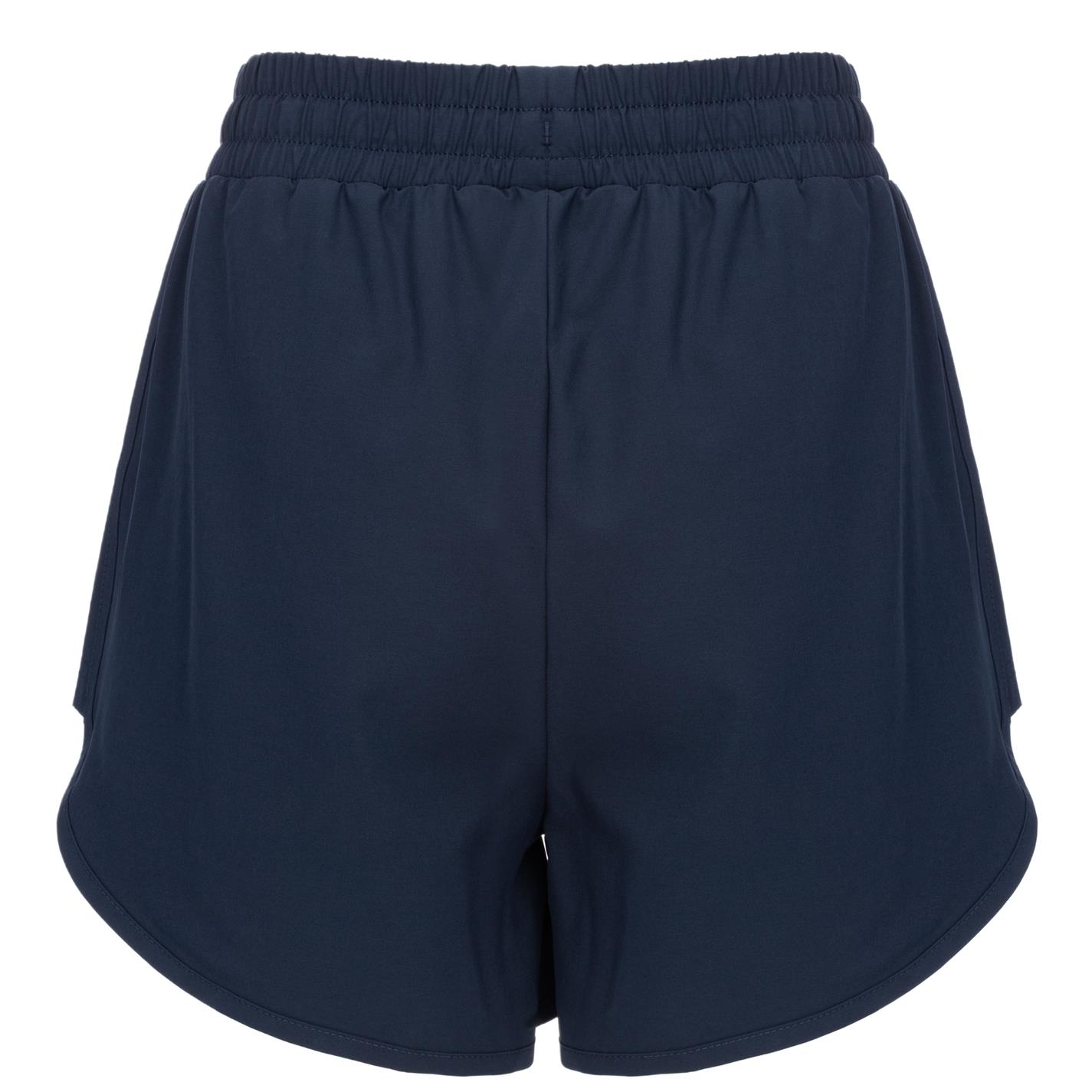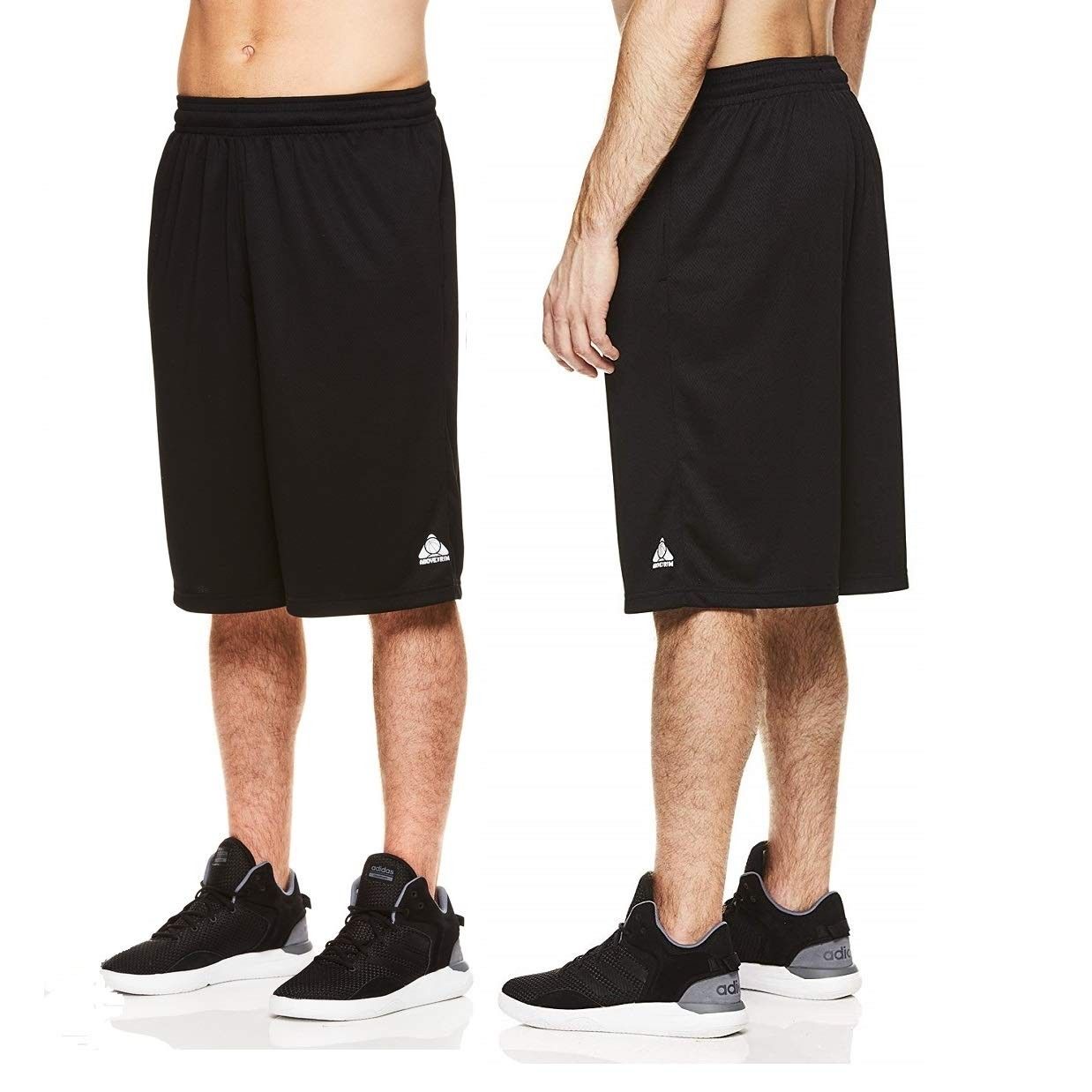Home>Misc>Gender>Hitting the Track with Confidence: A Guide to the Perfect Fit of Men’s Running Shorts


Gender
Hitting the Track with Confidence: A Guide to the Perfect Fit of Men’s Running Shorts
Modified: August 18, 2023
Gain confidence on the track with this guide to finding the perfect fit of men's running shorts. With this comprehensive guide, you'll be able to find the ideal fit that allows you to focus on your training and perform your best on the track.
Running is more than just a form of exercise; it’s a testament to endurance, speed, and strength. For men who’ve made running a part of their lifestyle, the right gear can make a significant difference in performance and comfort. And when we talk about running gear, running shorts are among the most crucial pieces. This article dives into the specifics of how running shorts should fit men, providing valuable insights to help you make an informed decision when selecting your next pair.
Understanding Men’s Running Shorts
Running shorts are designed with features that support a runner’s needs—quick-drying fabrics, breathability, freedom of movement, and, importantly, a comfortable fit. The quest for the right pair can be navigated more efficiently once you know how running shorts should fit.
Key Factors in a Perfect Fit
Several factors contribute to the perfect fit when it comes to men’s running shorts. Let’s explore them:
- Waistband: Your running shorts should comfortably wrap around your waist without being too tight or too loose. An adjustable drawstring can help ensure a secure fit.
- Length: Running shorts come in various lengths, from short shorts (3” or less), mid-length shorts (5”), to long shorts (7” and above). The choice depends on your comfort and running style.
- Inner lining: Many running shorts come with a built-in lining or briefs. These should feel snug, but not restrictive, giving the support you need.
- Range of motion: Above all, running shorts should allow unrestricted movement. You should be able to move freely without any discomfort or pulling.
How Different Styles of Men’s Running Shorts Fit
Now that we’ve covered the basics of a good fit, let’s delve into how different styles of men’s running shorts fit.
- Split shorts: These are typically short, with a high split at the side to allow maximum leg movement. The fit is often loose but should still follow the key fitting factors.
- V-notch shorts: These shorts have a small upside-down V cut out at the side to facilitate a better range of motion. They usually have a mid-length, with a loose but not baggy fit.
- Long running shorts: Longer shorts offer more coverage and are often preferred for casual runs or gym sessions. They should fit comfortably around the waist, with the hem falling at or below the knees.
- Compression shorts: These are form-fitting shorts designed to provide muscle support. They should be snug but not overly tight.
Conclusion
Finding the right fit for your running shorts is a personal journey. It depends not only on body shape and size but also on the style of running and personal comfort preferences. While this guide serves as a starting point, remember that the “perfect fit” can be subjective. The best fit is the one that makes you feel comfortable and enhances your running experience.
FAQs
Is it better for running shorts to be tight or loose?
The choice between tight or loose running shorts depends on personal preference. Some runners prefer the close fit of compression shorts for muscle support, while others prefer loose shorts for better airflow and freedom of movement.
How long should men’s running shorts be?
The length of men’s running shorts varies based on the style of the shorts and personal preference. Typically, short shorts are around 3″ or less, mid-length shorts are around 5″, and long shorts are 7″ and above.
Should men’s running shorts have liners?
Many running shorts come with built-in liners that provide support and can eliminate the need for additional undergarments. However, whether or not to choose shorts with liners comes down to personal preference.
What’s the best material for running shorts?
The best running shorts are usually made from light, breathable, and quick-drying materials like polyester or nylon. Some also have elastane or spandex for added stretch and mobility.
Can I wear regular shorts for running?
While it’s possible to run in regular shorts, running shorts are specifically designed with features beneficial for running, like moisture-wicking materials, a lightweight design, and often a built-in liner for support.


